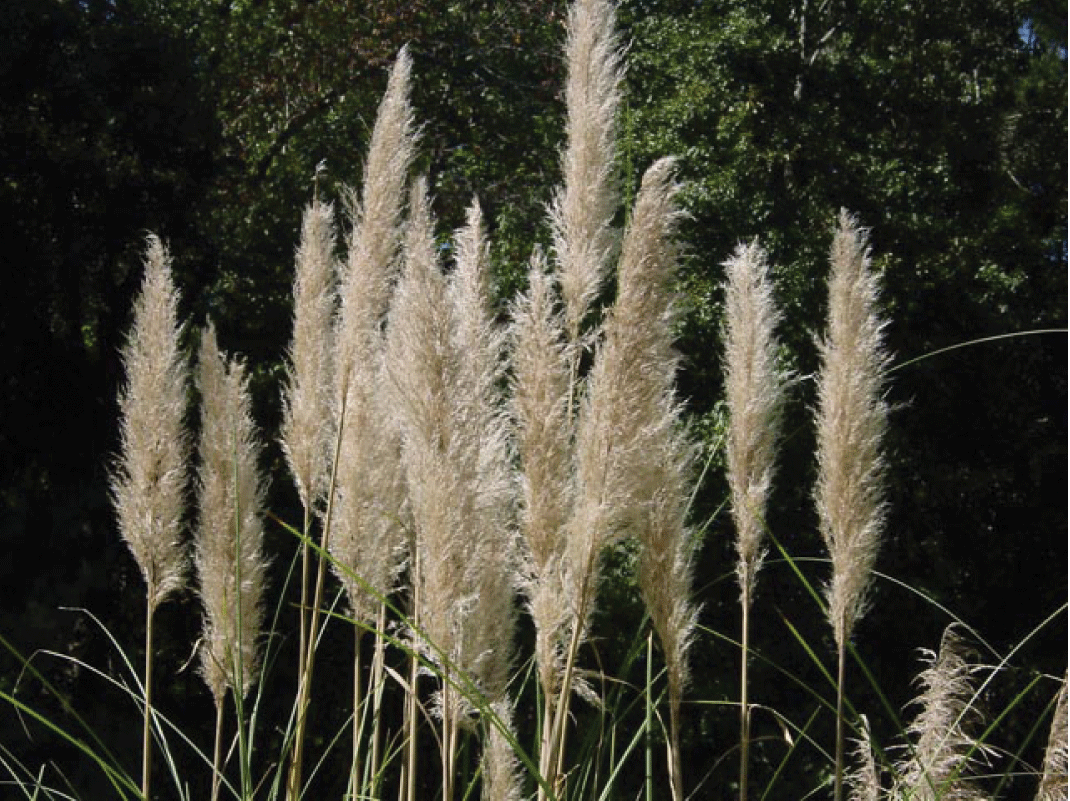
Pampas grass, Cortaderia selloana, is a large perennial grass native to Brazil, Argentina and Chile. Mature plants can reach 10 feet tall and 6 feet wide. In late summer, silvery-white plumes rise several feet above the foliage and make a bold, dramatic statement in the landscape.
Today there are many pampas grass cultivars in the nursery trade. Some have pinkish-white plumes, while others have silvery-white plumes, variegated foliage or a dwarf growth habit. See Table 1 for a list of several common cultivars.
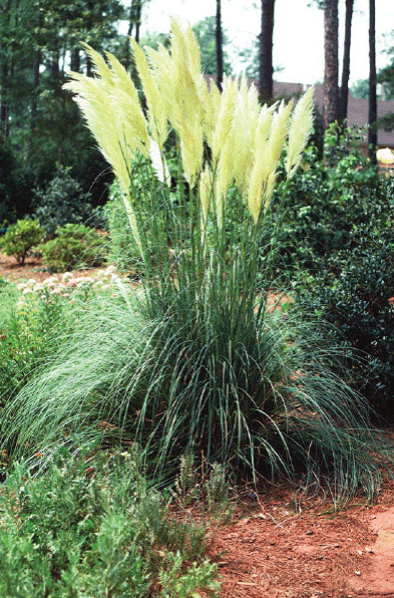 Dwarf pampas grass
Dwarf pampas grassPhoto: Jeff Webb
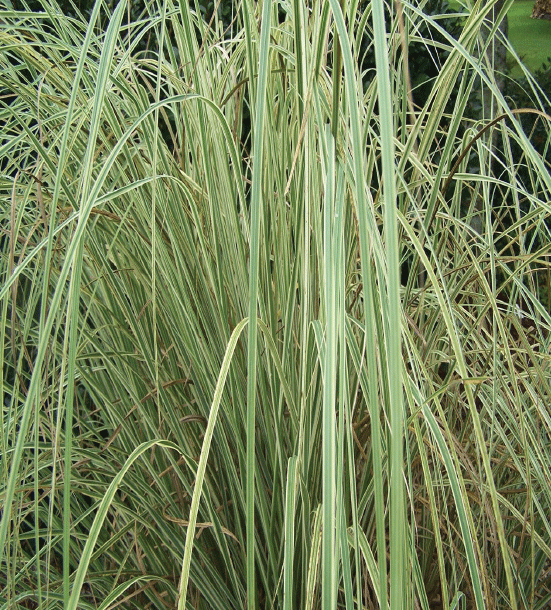 Silver Comet pampas grass
Silver Comet pampas grassPhoto: RP Seeds
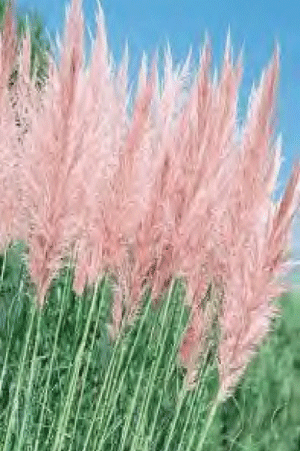 Pink Feather pampas grass
Pink Feather pampas grassPampas grass bears male and female flowers on separate plants. The plumes of female plants are broad and full due to silky hairs covering the tiny flowers. They are much showier than the plumes of male plants, which lack silky hairs on their flowers. For that reason, most pampas grass is propagated vegetatively, by dividing a female clump. Propagation from seed can result in genetic variability and the less attractive male form. When propagated from seed, there is no way to know whether the plant is male or female until it flowers.
When used correctly in the landscape, pampas grass is an attractive and functional plant, particularly in groups of three to five plants in the background of a perennial border. It is a great plant for stabilizing erodible banks. It also can be used as a focal point in the landscape, providing color and textural contrast to nearby plants. However, avoid planting pampas grass close to buildings because it can be a fire hazard when old foliage dies and becomes dry.
Pampas grass grows and flowers best in full sun, or at least a half day of direct sunlight. Once established, it is low-maintenance, drought tolerant, deer tolerant and has few pest problems. It also tolerates salt spray, making it an ideal plant for coastal landscapes.
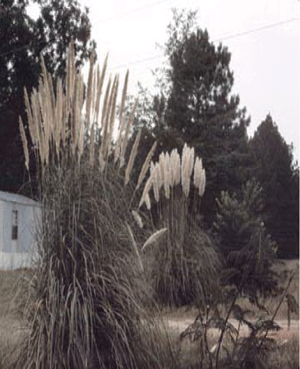 Foreground: male pampas grass
Foreground: male pampas grassBackground: female pampas grass
Common pampas grass is hardy in zone 8 (Coastal Plain), and is marginally hardy in zones 6 and 7 (Piedmont region). In the upper Piedmont and mountainous areas of north Georgia, consider planting more cold-hardy cultivars (see Table 1 and Figure 1).
Prune pampas grass annually to remove the previous year?s foliage and make way for new growth. Pruning is best done in late winter, prior to the new growing season. Use hedge shears, lopping shears or power pruners to cut the plant back close to ground level. Be sure to wear a long-sleeve shirt and gloves when pruning to protect yourself from the sharp leaf blades.
After pruning, apply a light, broadcast application of a complete fertilizer, like 8-8-8 or 10-10-10, to help stimulate new growth.
Pampas grass plumes are highly prized for indoor floral arrangements. Harvest flowers as soon as they have fully emerged, but before they are mature and shedding. They can be used in dried arrangements immediately after harvesting or dried for later use. Spray the plumes with hair spray before using them in arrangements to help prevent shedding.
Pampas grass is an invasive plant in parts of California, Australia, New Zealand and some of the Hawaiian Islands; however, it is not an invasive plant in the Southeast.
| Hardiness Zone | Avg. Min. Tem. (*F) |
| b | 5 - 0 |
| a | - 5 |
| b | - 10 |
| a | 0 - 15 |
| b | 5 - 20 |
References
The Color Encyclopedia of Ornamental Grasses. 1999. Rick Darke. Timber Press, OR. ISBN: 0-88192-464-4.
The Encyclopedia of Ornamental Grasses. 1992. John Greenlee and Derek Fell, Michael Friedman Publishing Group, NY. ISBN: 0-87596-100-2.
Ornamental Grass Gardening. 1989. Thomas A. Reinhardt, Martina Reinhardt and Mark Moskowitz. Michael Friedman Publishing Group, NY. ISBN: 0-89586-745-1.
Status and Revision History
Published on Dec 16, 2009
Published with Full Review on Dec 01, 2012
Published with Full Review on Aug 07, 2017



























































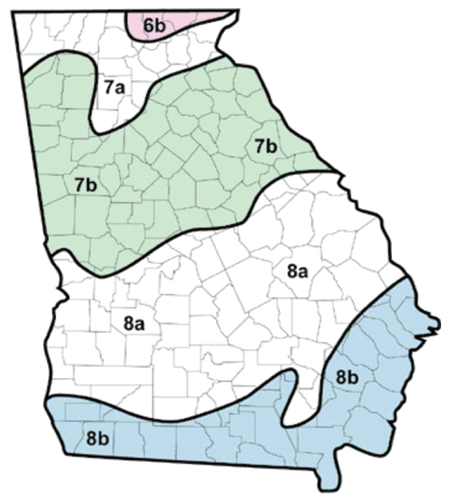 Figure 1. Cold Hardiness zones in Georgia
Figure 1. Cold Hardiness zones in Georgia